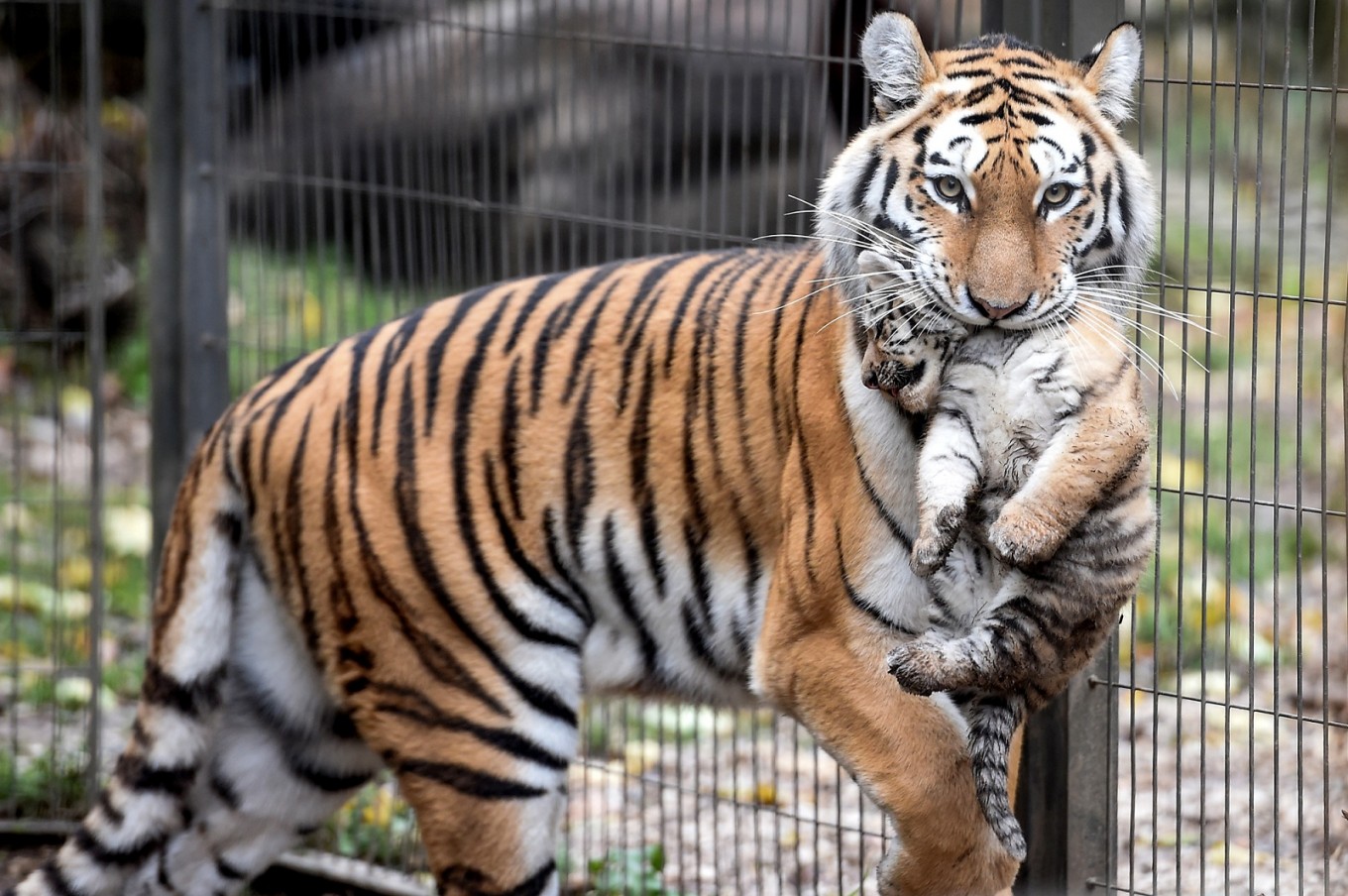Popular Reads
Top Results
Can't find what you're looking for?
View all search resultsPopular Reads
Top Results
Can't find what you're looking for?
View all search resultsPopularity of tigers, lions, bears could be their downfall: Study
Change text size
Gift Premium Articles
to Anyone
I
conic animals like elephants, tigers, lions and panda bears are everywhere in movies, books and toystores. But their wide pop culture presence skews public perception of how endangered these animals really are, researchers said Thursday.
Online surveys, zoo websites, animated films and school questionnaires were scoured by US and French researchers for the study, published in journal PLOS Biology.
Using these sources, scientists made a list of the top 10 most charismatic animals: tigers, lions, elephants, giraffes, leopards, pandas, cheetahs, polar bears, gray wolves and gorillas.
Researchers also found that almost 49 percent of all the non-teddy bear stuffed animals sold in the United States on Amazon were one of these 10 charismatic animals.
In France, 800,000 "Sophie the giraffe" baby toys were sold in 2010, more than eight times the numbers of giraffes living in Africa.
Lead author Franck Courchamp of the University of Paris said that these animals are so common in pop culture and marketing materials that they create a "virtual population" in people's minds, one that is doing far better in perception than reality.
Read also: Save tigers to save forests, activists say
"Unknowingly, companies using giraffes, cheetahs or polar bears for marketing purposes may be actively contributing to the false perception that these animals are not at risk of extinction, and therefore not in need of conservation," Courchamp said.
The average French citizen "will see more virtual lions through photos, cartoons, logos and brands in one month than there are wild lions left in West Africa," said the report.
Researchers urged companies that use these animals in their marketing to donate a portion of the proceeds to conservation groups.
"The appearance of these beloved animals in stores, in movies, on television, and on a variety of products seems to be deluding the public into believing they are doing okay," said co-author William Ripple, a professor of forest ecology at Oregon State University.
"If we don't act in a concerted effort to save these species, that may soon be the only way anyone will see them."
Ripple added that "a major threat faced by nearly all of them is direct killing by humans, especially from hunting and snaring," a reality he described as "sadly ironic, as these are some of our most beloved animals."











